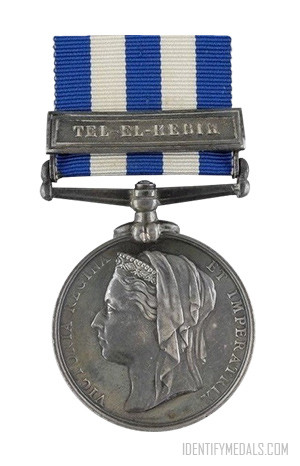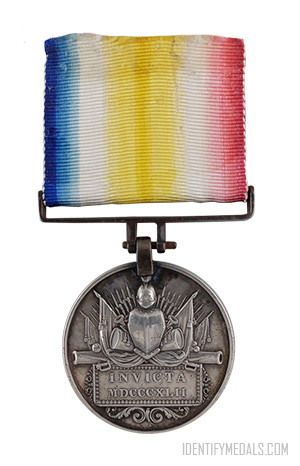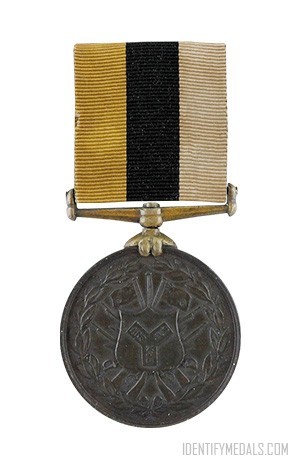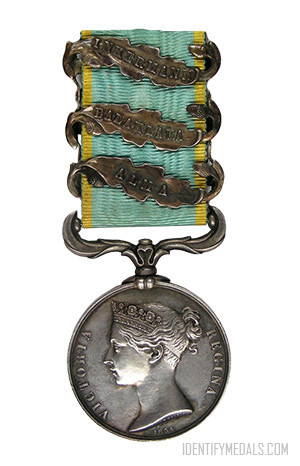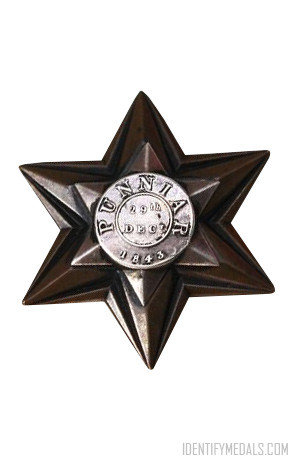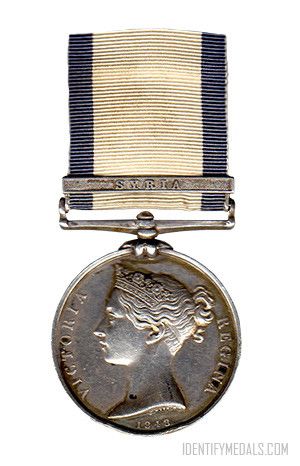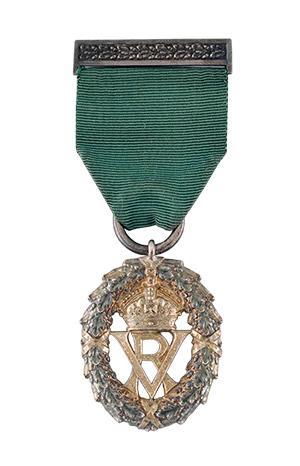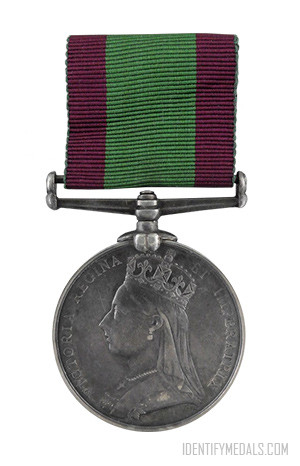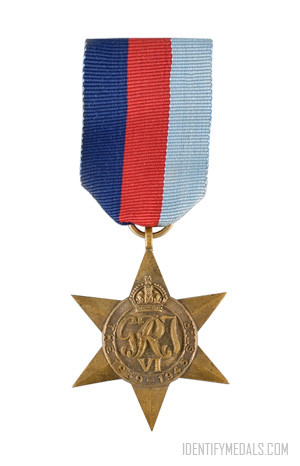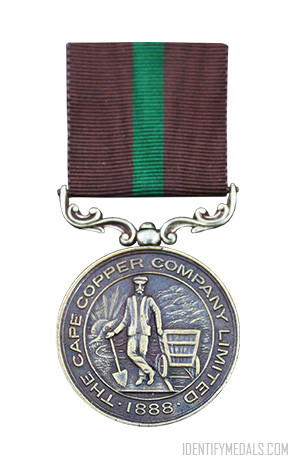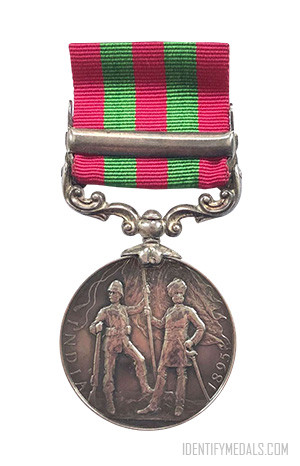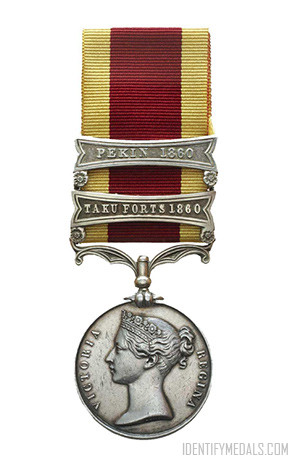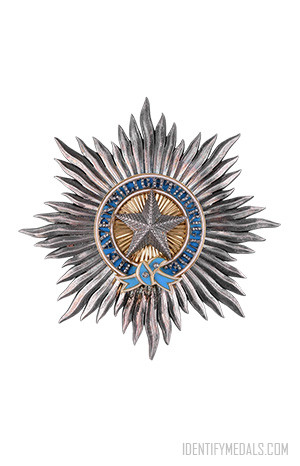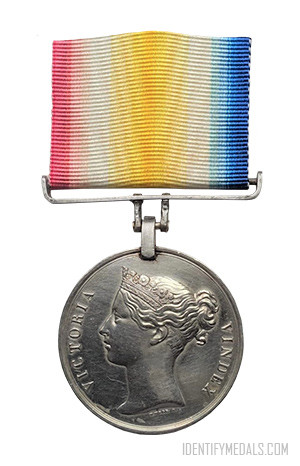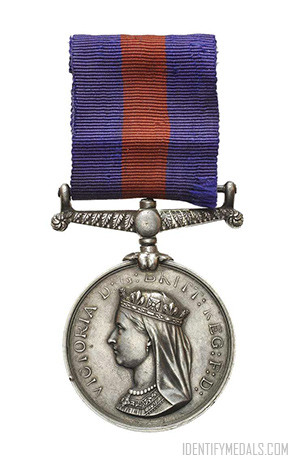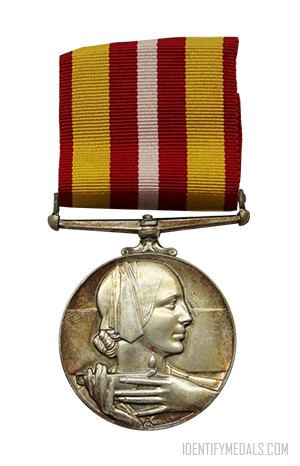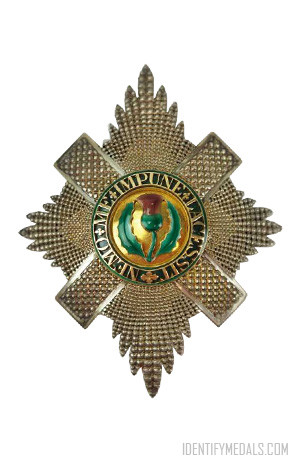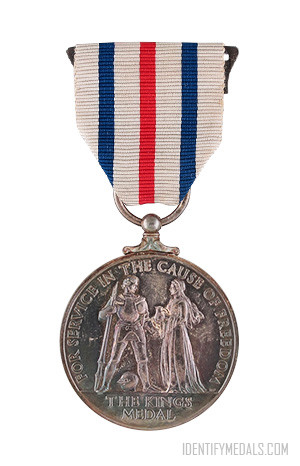- Time Period: Pre-WW1
- Year of Institution: 17 October 1882
- Country: Great Britain
The Egypt Medal (1882–1889) is a campaign medal awarded for the military actions involving the British Army and Royal Navy during the 1882 Anglo-Egyptian War and in the Sudan between 1884 and 1889.
Resentment at increasing British and other European involvement in Egypt since the opening of the Suez Canal in 1869 triggered an Egyptian army mutiny that threatened the authority of the British-backed Khedive of Egypt, Tewfik Pasha. In response, a British military intervention was launched to protect British interests. Once in Egypt, the British became involved in the conflicts in the Sudan, which Egypt had occupied since the 1820s.
A total of 13 clasps were awarded, two for the Anglo-Egyptian War of 1882 and eleven for service in the Sudan between 1884 and 1889:
- Alexandria 11 July (1882)
- Tel-El-Kebir (13 September 1882)
- Suakin 1884 (19 February – 26 March 1884)
- El-Teb (29 February 1884)
- Tamaai (13 March 1884)
- El-Teb – Tamaai (29 February & 13 March 1884) For those present at both battles.
- The Nile 1884–85 For service south of Assouan on or before 7 March 1885.
- Abu Klea (17 January 1885) Only awarded in conjunction with clasp The Nile 1884–85.
- Kirbekan (10 February 1885) Only awarded in conjunction with clasp The Nile 1884–85.
- Suakin 1885 (1 March – 14 May 1885)
- Tofrek (22 March 1885) Only awarded in conjunction with clasp Suakin 1885
- Gemaizah 1888 (20 December 1888)
- Toski 1889 (3 August 1889).
The Egypt Medal Design
The Egypt medal is struck in silver, circular and measures 36 millimeters (1.4 in) in diameter.
The obverse displays the veiled head of Queen Victoria with the Latin legend “VICTORIA REGINA ET IMPERATRIX” (‘Victoria, Queen and Empress’). The reverse shows the Sphinx on a pedestal with the word ‘EGYPT’ above.
Medals for the 1882 campaign had the year “1882” below the Sphinx. Awards for service in the Sudan from 1884-89 were undated. The recipient’s number, rank, name and regiment are engraved on the edge.
The ribbon measured 32 millimeters (1.25 in) wide, with three blue and two white stripes of equal width.

